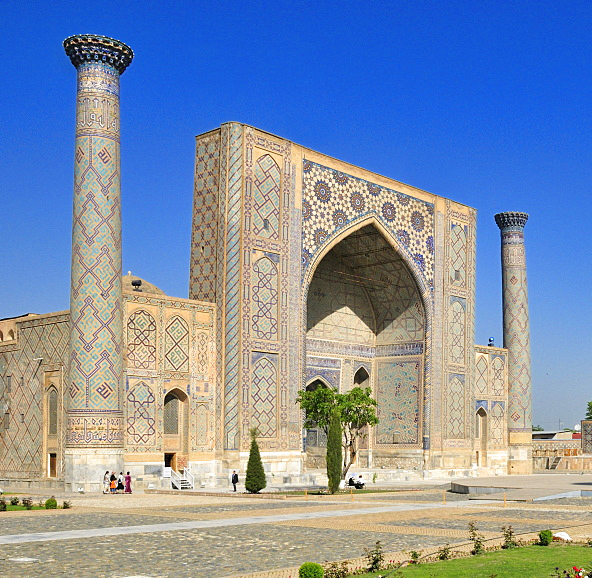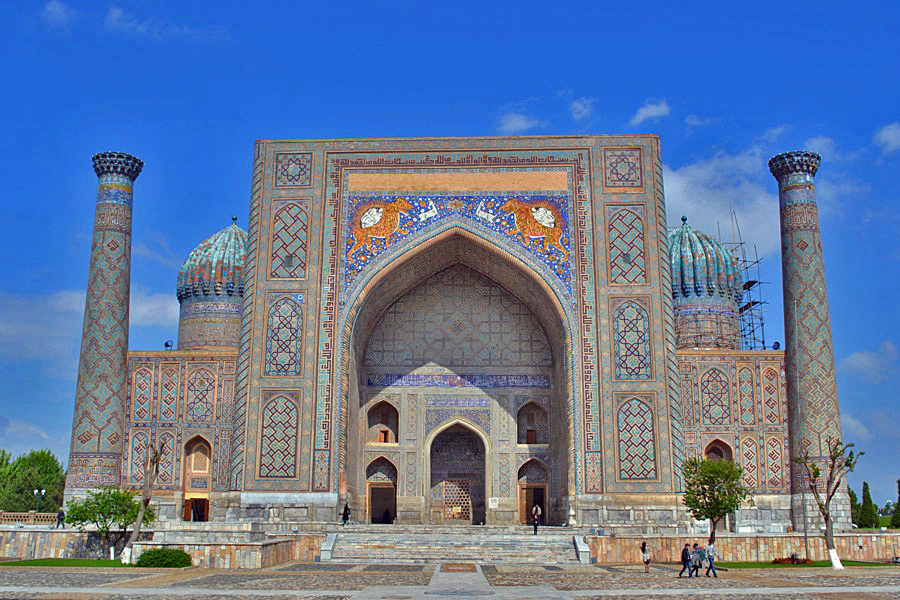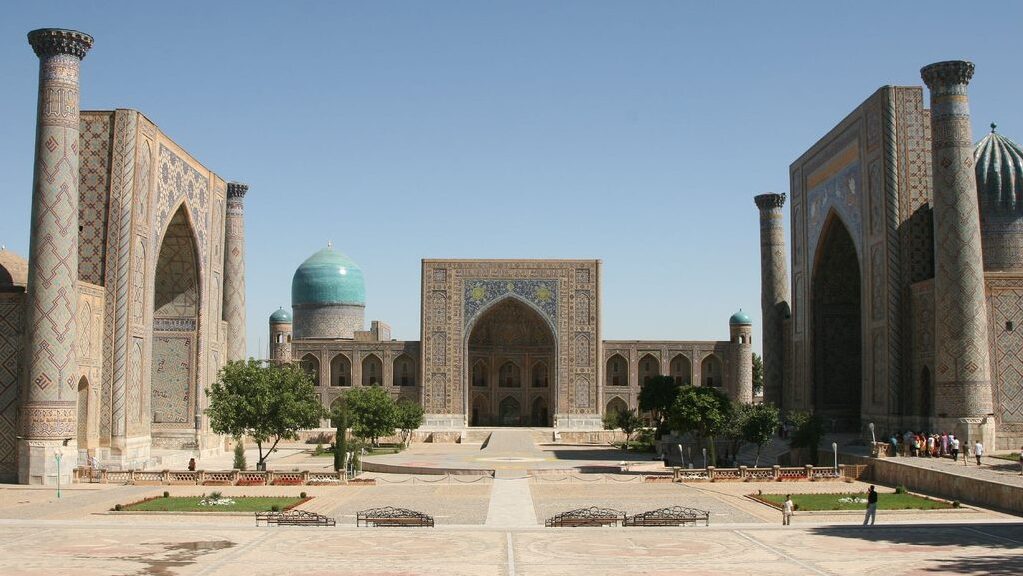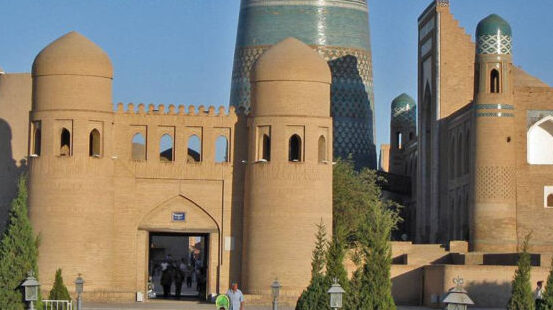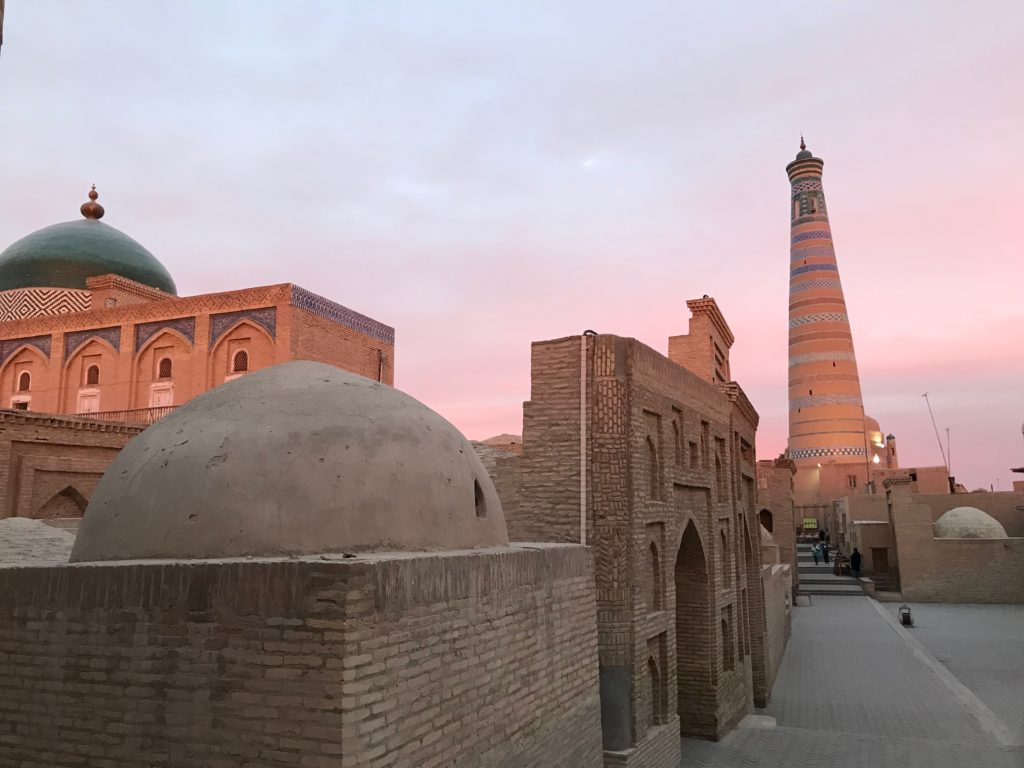Best places to visit in Uzbekistan during tour trip – Top Places in Uzbekistan
What to visit and where to go in Uzbekistan during the trip? These are the first questions one asks before going to UZBEKISTAN. The beautiful cities such as Samarkand, Bukhara, Khiva immediately come to mind. They are the cities of great importance in the period of the Silk Road.

Traveling in Uzbekistan with UZBEK TOUR you can discover the hospitality and elegance of the Uzbek people, the Silk Road of Central Asia, the ninth desert in the world – Kizilkum, legendary cities – Samarkand, Bukhara and Khiva, rich history of the country, legends, Algorithm, Avicenna, Pahlavan Mahmud, Tamerlang, Ulugbek and other famous people, historical monuments – mosques, madrassas, mausoleums, minarets, domes, Aral Sea disaster, Uzbek tradition – wedding party, Navruz and Sharq Taronalari holidays, traditional KUPKARI-BUZKASHI game with horses, local foods – palov, shashlik and somsa.
Samarkand – best things to see
Samarkand is perhaps the most visited city in Uzbekistan.
Samarkand, city in east-central Uzbekistan that is one of the oldest cities of Central Asia. Known as Maracanda in the 4th century bce, it was the capital of Sogdiana and was captured by Alexander the Great in 329 bce…READ MORE
If you still don’t know what to visit in Samarkand consult your tour operator in Uzbekistan.
Registan – the most visited plase in Samarkand and Uzbekistan

Registan Square in Samarkand, Unesco World Heritage Site, Silk Road, Uzbekistan, Central Asia 


The name Registan means “sandy place” or “desert” in Persian. It is framed by three madrasahs (Islamic schools) of distinctive Islamic architecture. The square was regarded as the hub of the Timurid Renaissance. From three sides, the square is surrounded with grand madrassah – Ulugbek, Sher Dor and Tilla Kori. It is thanks to these buildings that have survived on the territory of the city that Samarkand was included in the UNESCO World Heritage List in 2001. During the reign of Timur (1370-1405) Registan was the main trading area. And then only during the reign of Ulugbek it acquired an official character. He ordered the construction of the madrassas, caravanserai and other buildings.
Bukhara – best things to see
The city was founded in the 1st century AD. By the time of its capture by Arabs in the early 8th century, Bukhara had become an important trade and cultural center. It was a leading center of Islamic learning under the Arabs and the Persian Samanid dynasty, which held the city in the 9th and 10th centuries. It later was captured successively by the Qarakhanids and Tatars, and in 1555 it became the capital of an Uzbek emirate. The emirate was conquered in 1866 by Russia, which held it as a protectorate from 1868 to 1920; then the emir was removed, and the city was made the capital of the Bukhara People’s Soviet Republic. From 1924 to 1991 the city was incorporated into the Uzbek Soviet Socialist Republic (UzSSR). Uzbekistan became an independent republic in 1991…READ MORE
Ismail Samani Mausoleum – Samanid Mausoleum
The Ismail Samani Mausoleum is the oldest building in Bukhara, built in the 10th century C.E., is located in the northwestern part of Bukhara, Uzbekistan, just outside its historic center. It was built as the resting place of the powerful and influential Islamic Samanid dynasty that ruled the Samanid Empire (end of the 9th-10th centuries). The mausoleum is believed to have served as the family tomb of the Samanid dynasty, the descendants of a noble Persian family who governed Transoxiana on behalf of the Abbasid Caliphate, based in Baghdad.
The architecture of the Samanid mausoleum had a “sign system” understandable to all visitors of its time, associated with their worldview, philosophy and image of the memorial building. The harmony and unity of the compositions of this monument impress even modern architecture lovers.
Khiva – open-air museum
The Ichan-Kala (inner city) encloses buildings that date from the 12th century, but most of its palace buildings, mosques, madrasahs (Muslim theological schools), mausoleums, and other structures date from 1780–1850, when the city prospered as a trade depot and fortress along the caravan routes that led across the Karakum. Khiva contains some of the best-preserved examples of Islamic architecture in Central Asia and the best places to visit.
The Kunya Ark (“Old Citadel”) complex contains the oldest structure in Khiva, as well as 19th-century edifices. The late 18th-century Djuma mosque features more than 200 carved wooden pillars, some of which date from the 10th century; the pillars are recognized for the quality of their carving and decoration. Built to honour the 14th-century poet and wrestler Pahlavan Mahmoud, who is revered as Khiva’s protector, the Pahlavan Mahmoud mausoleum (rebuilt 1810–25) is usually considered the most impressive building in the Ichan-Kala. The centre of a royal burial ground, it features a number of domed tombs and exquisitely patterned tiling. The Tash Khauli (1830–38; “Stone Palace”) is especially notable for its harem court, with its elaborately carved pillars and colourful vaulted ceilings. Its walls are tiled with the blue-and-white majolica typical of Khiva. The Islām Khoja madrasah and minaret (1908–10) represent the last major architectural accomplishments of Central Asia’s Islamic era. Reaching a height of 148 feet (45 metres), the minaret is Khiva’s tallest structure. In 1990 the Ichan-Kala was designated a UNESCO World Heritage site.

